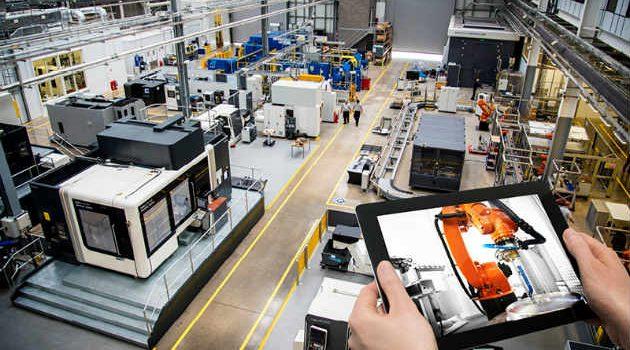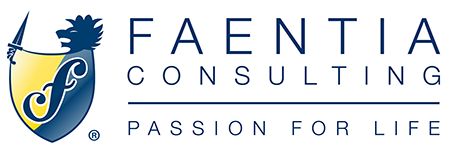
The world of Industry is a reality slowly but constantly developing; however, the transition to Industry 4.0 bodes very fast and efficient evolutions.
In a recent past, the use of safety components, such as emergency shutdown switches, relays and fix-monitoring key switches, has been the most used and common element employed by companies in order to fulfill the minimum requirements towards the Safety of Machine, Lines, Plants.
However, Safety components are taken into account only at a later stage instead of being embedded since the design phase; as a consequence, there can be drawbacks such as higher costs for Safety increased waiting times for downtiming the machine or recovery times after a stop.
Furthermore, some components' limited diagnostic features, such as those of safety buses, paradoxically increase the fear of the monitoring network being slowed down by a safety stop.
Generally speaking, we can say that Machine Safety has been seen as a negative and expensive exception; however, this trend is clearly evolving towards a more positive approach. Nowadays, Safety is seen as an essential component for modern companies and the old concept that Safety components and systems should be installed only to meet the minimum requirements is finally disappearing.
The new Fail-safe solutions have comprehensively improved performances. Implementing Safety Functions with Control Functions contributes to a remarkable improvement in performance: modern Safety Systems (e.g. SLS) make it possible to realize smarter production lines, capable of mantaining a low-speed production in case of maintenance interventions, allowing for a sharp reduction in terms of downtiming the machine, ergo larger production volumes, among other things.
The new safety-automation devices and systems, with integrated transmission, are equipped with on-board diagnostic systems and remote HMI (Human-Machine Interface) functions for failure detection and fast downtime resolutions.
Nowadays, Industry 4.0 addresses towards applying IoT technologies (Internet of Things); in other words, towards Safety’s topic closey related not only to machines' performances themselves, but also to the general corporate image: safer working conditions, operator-friendly redesigned environments, application of Smart Safety Systems, are all elements which undoubtedly improve any company's reputation, making it more attractive both on its own market and towards workforce.
In recent years, both final users and OEM (Original Equipment Manufacturer) have started understanding this point, keeping up with Safety applications not only to meet standards and regulations, but also in order to optimise performances and brand loyalty, both fundamental to this new Safety concept.
Europe is witnessing a development in the Product Safety legislation towards a semplification and unification of legislative texts, reduction of practical Safety costs, in order to make Safety a more active part of the technological evolution in the Industry world.
You may also like:


